One of the great things about services like Airbnb is that they have opened up a new, more immersive ways of staying in foreign cities. Big hotels can be great, but they can also feel sterilized and impersonal, cut off from the cities that surround them. Staying in a private home or apartment, on the other hand, puts one right in the heart of the urban fabric.
Now in Thessaloniki a project known as Passer Domesticus has taken that philosophy one step further, converting an overlooked aspect of Thessaloniki’s heritage into a charming space for short-term stays.
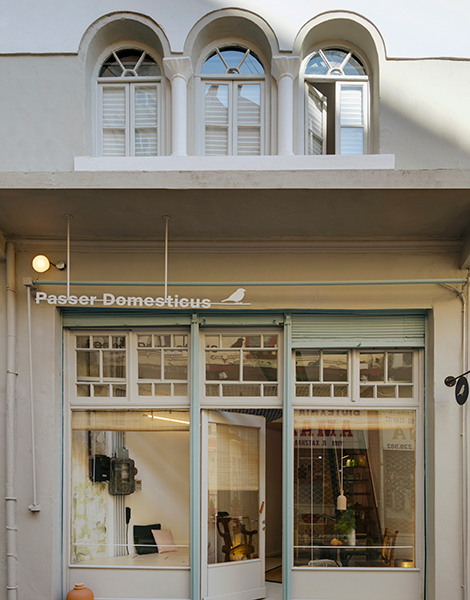
© Passer Domesticus
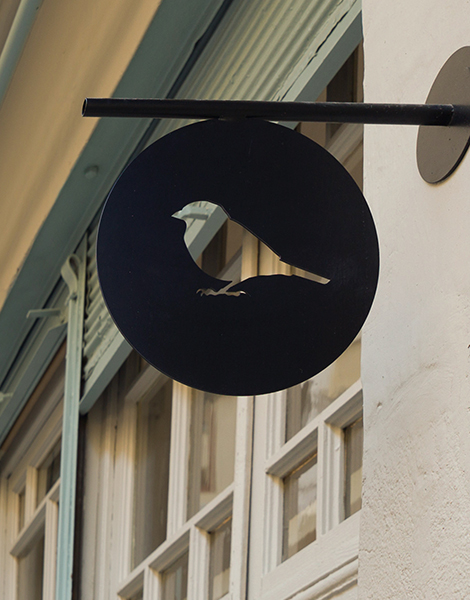
© Passer Domesticus
Specifically Passer Domesticus occupies a 1924 building that was once a fabric shop. Similar constructions were once ubiquitous in the city, as following the Great Fire of 1917, the city center was rebuilt with many small businesses following the same basic architectural template. Typically these buildings had a small footprint, with a ground floor, a first floor and a basement connected by steep flights of steps. Their interiors and external facades feautred neo-byzantine as well as neo-classical elements.
The majority date to the 1920s and were occupied by immigrant tradesmen who came with their families from Asia Minor and different parts of Europe to open their businesses, resulting in the creation of a market neighborhood. Today however many are unoccupied, while others are used as storage space or for restaurants, bars and cafés.
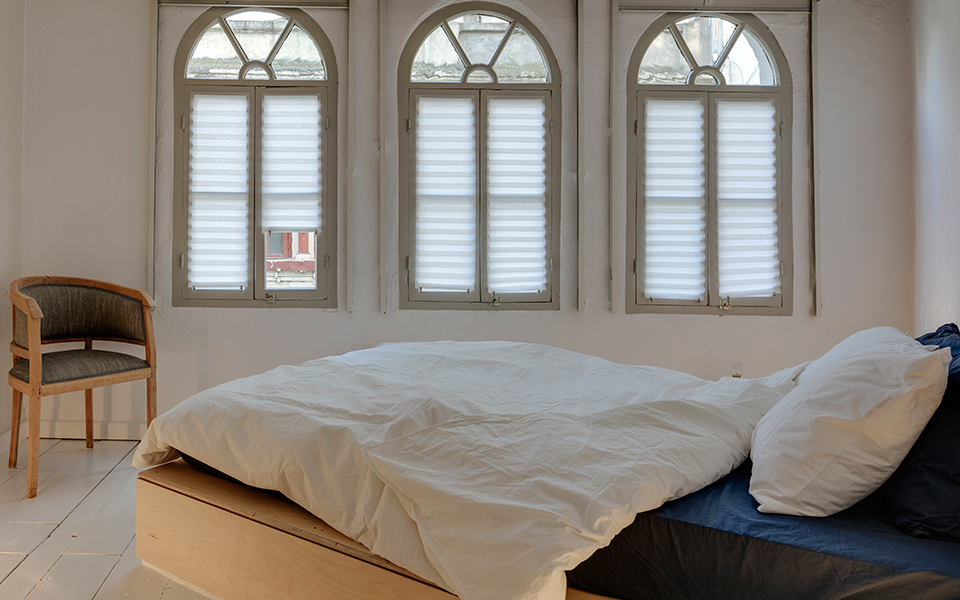
Passer Domesticus – Urban Nest
The studio 157+173 designers, who are behind Passer Domesticus, sought to create a space for short-term stays that draws on and highlights this legacy. The project gets its name from the scientific term for the common sparrow, a reference to the birds’ propensity to both travel long distances and to nest in urban environments.
Of their philosophy in creating the project, 157+173 Designers write:
“Our main focus while designing Passer Domesticus was to combine the multicultural language of this small building…together with modern folk elements that arise the historical nature of the space and connect it instantly with the history of the city, while also to insert very contemporary and stylish details and elements, to emphasize the diversity of the space. The fine balance between the above, resulted into a fully personalized, unique and cohesive space with intense aroma of its past.”
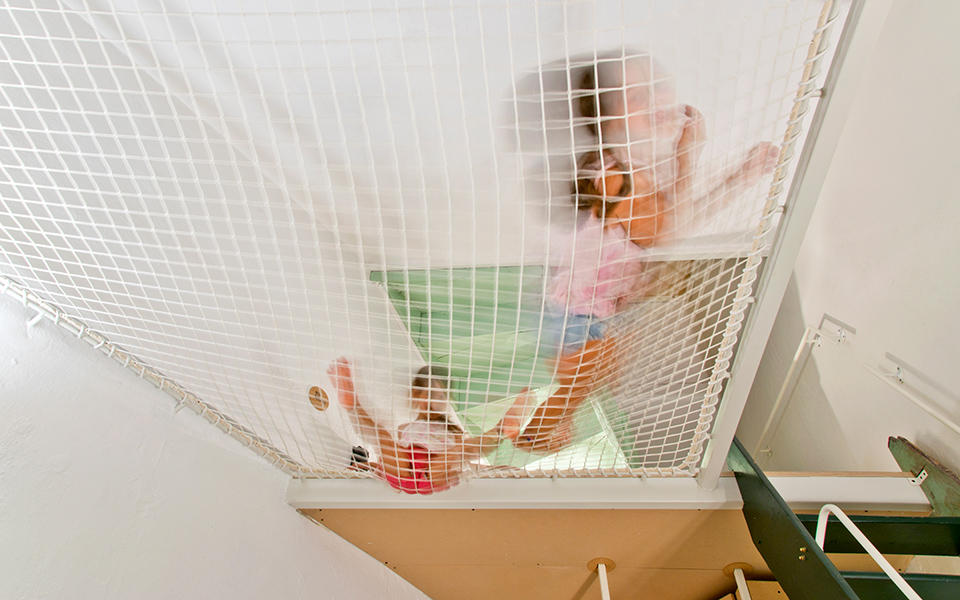
© Passer Domesticus
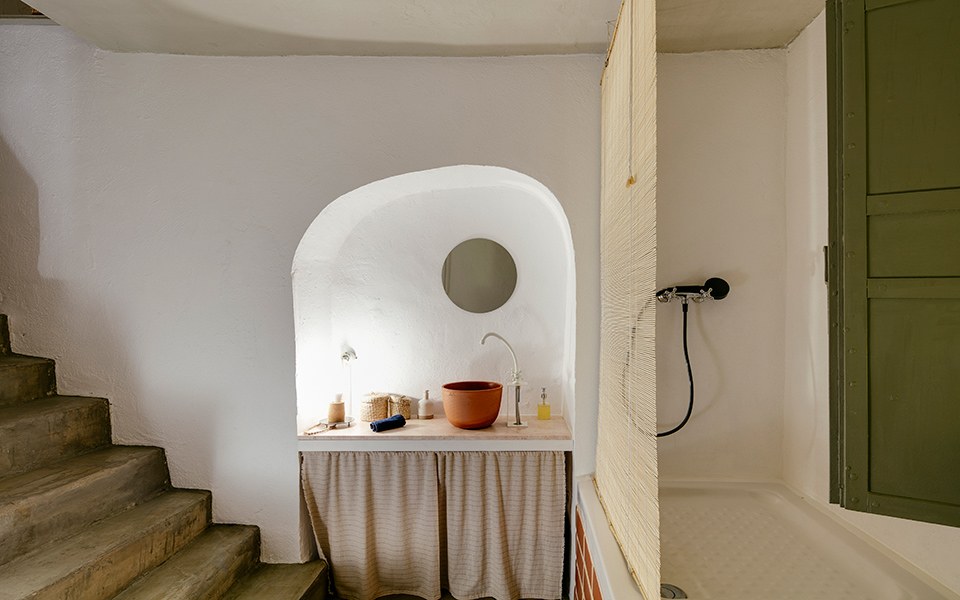
© Passer Domesticus
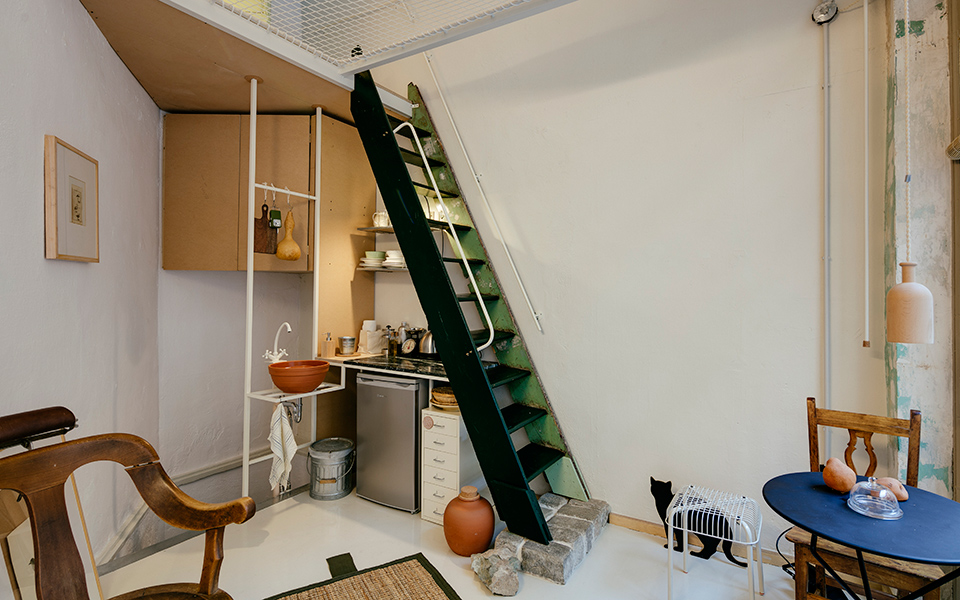
© Passer Domesticus
The building now features four separate levels. On the ground floor is the main living area, kitchenette and dining table, and large windows that look out onto the central yet quiet side-street on which the property is located. The main bedroom with a queen-sized bed is located on the first floor whereas the bathroom is in the basement. Meanwhile between the first and ground floor, the designers have also created a quirky ‘mezzanine’ consisting largely of a mesh net perfect for lounging and reading.
While the space is comfortable, tastefully decorated and brightly lit, special attention has been paid to elements that speak to the property’s past, such as the original wood flooring in the bed room, the old metal shutters, an old found ladder incorporated into the design, and the use of reddish brick and pinkish marble which is a direct reference to the Bezesten – the famous Ottoman market building nearby.
The property can host 2 people, with the price currently listed on Airbnb beginning at 51 euros per night.












